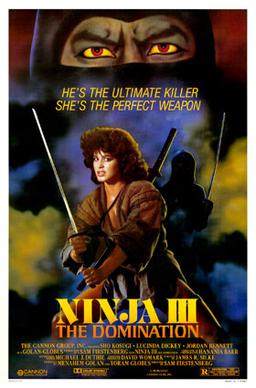NEON is, in the organizers' own words, "a celebration of Retrofuturism from the late 20th century." As a love letter to that period's technology and pop culture, this celebration featured synthwave artists, obsolete tech, hard video games, and tons of So Bad, It's Good movies from yesteryear! For example, Ninja III: The Domination!
A notable part of this convention was a huge arcade consisting of original restored cabinet games, including Pac-Man, Tapper, Dig Dug and Spy Hunter, only this time they were all free to play, so no need to keep begging Mom for more quarters!
The fun also included a massive selection of 80s and 90s game consoles, including relatively obscure platforms like the Vectrex:
I was amused that I still remembered a bunch of the secret treasure locations for Castlevania!
And, I had the opportunity to run the rules set I'm working on, Sorcery & Steel, for a bunch of strangers! Specifically, I ran Ravenloft of Cthulhu, a reimagining of the classic AD&D gothic horror module with a bunch of Lovecraftian twists (e.g., Strahd is an eldritch horror rather than a vampire).
I changed a number of things so that even someone who had played and DM'd I6 many times before said he could see where certain things came from but the end results were quite different. For example, I emphasized Lovecraftian horror rather than gothic horror, so there were no romance elements and Strahd was much more inhuman and unsympathetic.
Much fun was had, and I was happy that the session went smoothly and the game's mechanics were easily understandable by newcomers. As a bonus, I also found a number of places to further refine the rules set.
A reboot of TempleCon, NEON still has a way to go to fill the shoes of its predecessor. However, this year was definitely a good start. If you're a fan of the 80s or a fan of things that love the 80s (e.g., Stranger Things), you should check it out!












.jpg/1280px-Thure_de_Thulstrup_-_L._Prang_and_Co._-_Battle_of_Gettysburg_-_Restoration_by_Adam_Cuerden_(cropped).jpg)